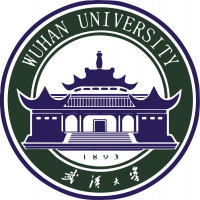Assessment of the SMAP-Derived Soil Water Deficit Index (SWDI-SMAP) as an Agricultural Drought Index in China
2018
期刊
Remote Sensing
下载全文
- 卷 10
- 期 8
- 页码 1302
- MDPI AG
- ISSN: 2072-4292
- DOI: 10.3390/rs10081302
